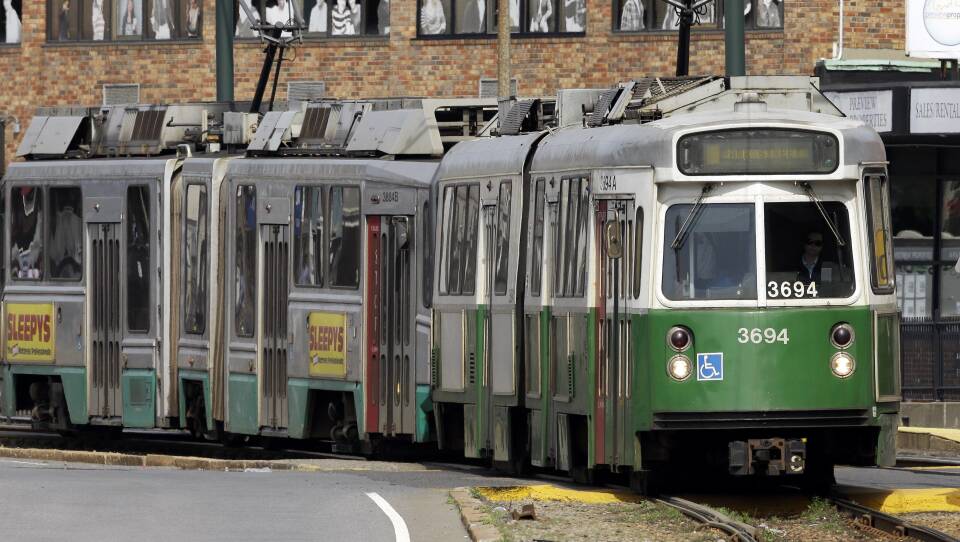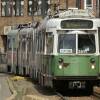As commuters on the MBTA headed into a fourth day of more widespread slow zones, interim General Manager Jeff Gonneville asked for patience.
“We are telling customers to give themselves about an extra 20 minutes,” Gonneville told GBH Morning Edition co-hosts Paris Alston and Jeremy Siegel Monday morning. “Now, the trip times aren't necessarily increased by that full 20 minutes. But then as the day is progressing here, and we know as we're managing through the system — in particular train traffic — that really we want our customers to give themselves that little bit of extra time.”
MBTA officials had announced trains systemwide would not exceed 10 to 25 mph on Thursday night. The decision came after track testing and a visit from the Department of Public Utilities showed inconsistencies that may pose a safety risk. Usually, top speeds vary across the system, but top out at 40 mph.
By mid-morning Friday, many of those slow zones were lifted. But some remained, and Gonneville said he did not have a definitive answer for riders asking how long they would be in place.
“We are taking a very conservative approach as we are working through this issue," he said. "We are prioritizing the safety of our customers and the safety of our employees.”
The MBTA’s own engineers, as well as third-party inspectors, are verifying defects in tracks DPU engineers found through ultrasonic testing, he said. The defects include slight twists in the rails, or too-tight spacing between tracks.
"We are taking a very conservative approach as we are working through this issue."-Jeff Gonneville, MBTA interim General Manager
Once the engineers have inspected a section of track, they can determine whether it needs additional repairs before they allow trains to proceed at full-speed over it.
“We have multiple crews and multiple teams out across the system right now, working that through,” Gonneville said. “Now, it is too soon for us to predict globally when all of these restrictions will be lifted. And there very well will be corrective actions or corrective maintenance we're going to have to do in some areas as we begin to work this thing through.”
Gonneville said he was committed to keeping riders up-to-date on developments. Thursday’s announcement of system-wide slow zones did not come until 10 p.m., meaning some commuters did not see the news until they were already affected by delays. Siegel said he spoke to a T employee who said MBTA staff, too, did not get meaningful internal communication about it until late Friday morning.
“This was a rapidly progressing issue that evolved Thursday afternoon,” Gonneville said. “Immediately after that decision was made, the T went and began implementing this slow order across the entire system. And as you can imagine, in a system that is as large and as vast as the MBTA, to implement that dramatic of a slow order, that dramatic of a change in system, takes a tremendous amount of internal coordination and internal amount of work through.”
Gonneville encouraged riders to also use Commuter Rail stops in their regular stations. He mentioned JFK/UMass, Quincy Center, Braintree and Porter Square on the Red Line; and Back Bay, Ruggles, Forest Hills, Malden Center, and Oak Grove on the Orange Line.
The system’s age and high staff turnover have caused real challenges for the MBTA, he said.
“This is a moment and a time where I think the full organization needs to step back in and continue to evaluate where we are and where we're going to be going as an agency,” he said. “And that generational moment is going to be how the T continues to evolve and continues to really address the condition of our infrastructure and working through those processes as we are continuing to offer service on a daily basis.”









